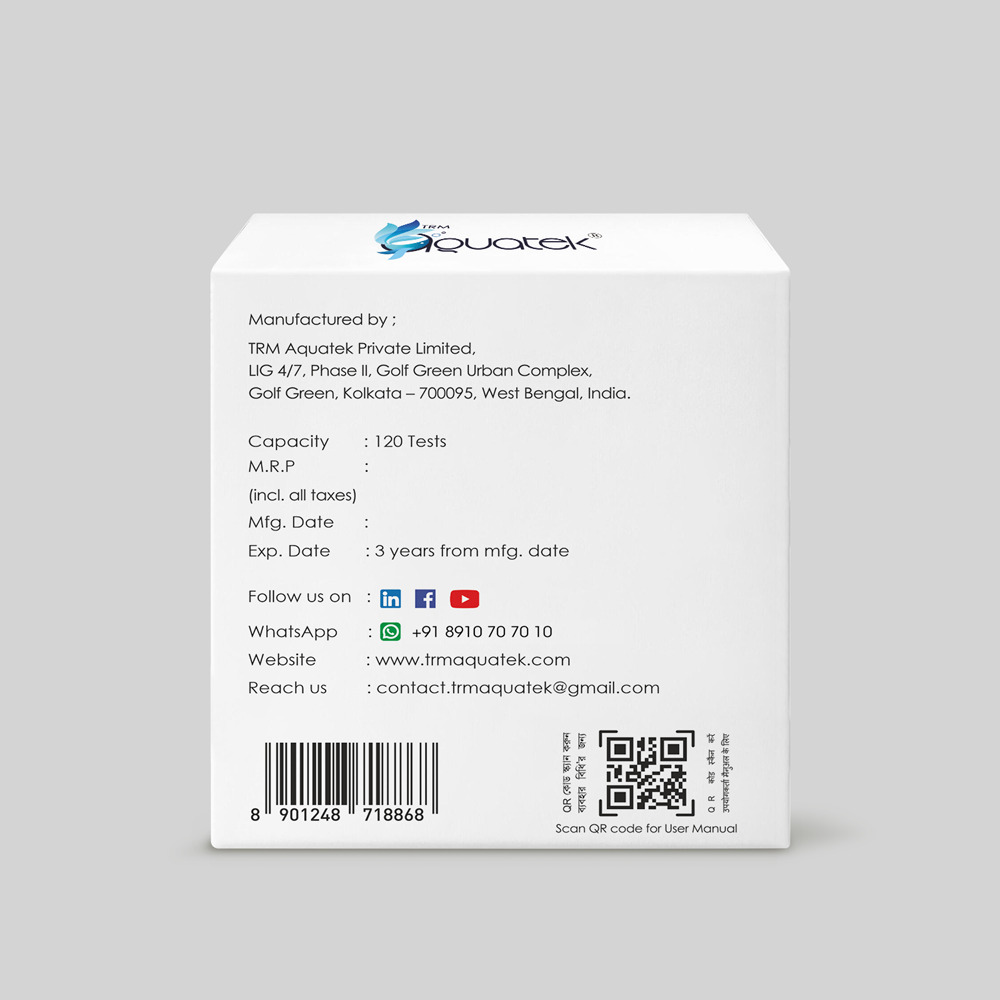Ammonia is the major product in the breakdown of proteins in fish. Fish digest the protein in their feed and excrete ammonia through their gills and in their feces. The amount of ammonia excreted by fish varies with the amount of feed put into the pond or culture system, increasing as feeding rates increase. Ammonia also enters the pond from bacterial decomposition of organic matter such as uneaten feed or dead algae and aquatic plants.
Ammonia is toxic to fish if allowed to accumulate in fish production systems. When ammonia accumulates to toxic levels, fish can not extract energy from feed efficiently. If the ammonia concentration gets high enough, the fish will become lethargic and eventually fall into a coma and die. In properly managed fish ponds, ammonia seldom accumulates to lethal concentrations. However, ammonia can have so-called “sublethal” effects—such as reduced growth, poor feed conversion, and reduced disease resistance—at concentrations that are lower than lethal concentrations.




